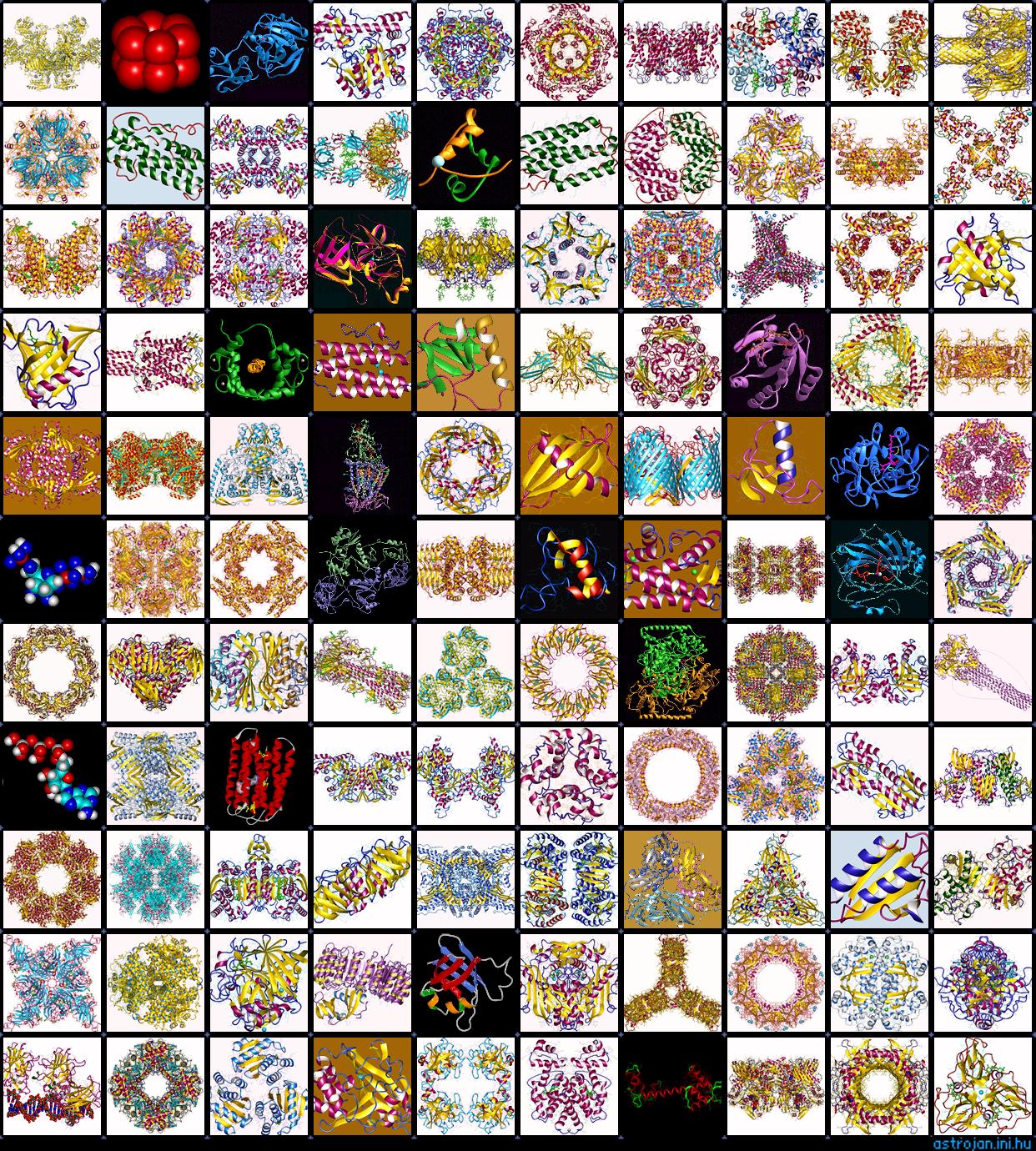One of the main questions of humankind has been that one related to the evolution of its own species. Humans have always wondered what special characteristics make us different from our ancestors and how is that we are the last hominid alive on the planet.
Was it the size of our brain? Was it a dramatic change in our cognitive activity? Was it the environment or the diet?
Among the hypotheses are natural competition and adaptation, a burst of cognitive development and the ability to solve problems as a key to survival, however, there is more on the story.

Human Evolution Credit: GIPHY
‘Generalist-Specialist’ new ecological niche
Until now it was thought that the stiff competition and dramatic cognitive changes have mainly contributed to the success of our species, however, new findings revealed that rather, the unique ecological position of humans as global ‘generalist-specialist’ is what mainly determined the prevalence of Homo Sapiens (H.Sapiens).
In ecological principles, generalists and specialists are defined as completely different ecological niches, where generalists are species that tend to thrive in a variety of environmental conditions and specialists, species with very specific adaptations to a given environment. However, in the case of H.sapiens, a mix of these two niches appears to have contributed to the success of the species.
According a study conducted by scientist from the Max Planck Institute for Science of Human History (MPI-SHH) and the University of Michigan, the ‘generalist-specialist’ niche helped H.sapiens survive and was at the same time the key factor that allowed humans to be the last hominid alive on Earth.
In contrast with their relatives, our ancestors were able colonized very challenging environments ranging from desserts to rainforest and high altitude places making them specialists to adapt to extreme conditions, and generalist in the sense that they can adapt to almost any type of environment. This behaviour is associated with our unique characteristic of ecological plasticity, meaning that H.sapiens in contrast with all other species had the advantage to be able to shape their ecological behavior and adapt to extreme conditions.

Distribution of the Hominidae Family at the time of the evolution and dispersal of Homo sapiens Credits: Science Daily
Hominids Cooperation and Interbreeding
Cooperation among individuals non-kin individuals as well as passing and accumulating knowledge from previous populations may also help to develop the unique “generalist specialist” niche. Some of the other investigations also suggest that this ‘generalist-specialist’ behavior on early species allowed for hominid interbreeding which result in complex anatomical and behavioral characteristics that give rise to our unique species.
Short overview of the Hominidae Family evolution. Source: Youtube
In this study scientists also debated that although genomic and anatomical research of specimens is important, the analysis of the ecological and environmental characteristics of the geographical regions is essential to understand evolutionary pathways. According to this group of scientists, the future investigations have to shift from attempts to understand human earlier traces and start to better understand the ecological impact of the H.sapiens as species.






